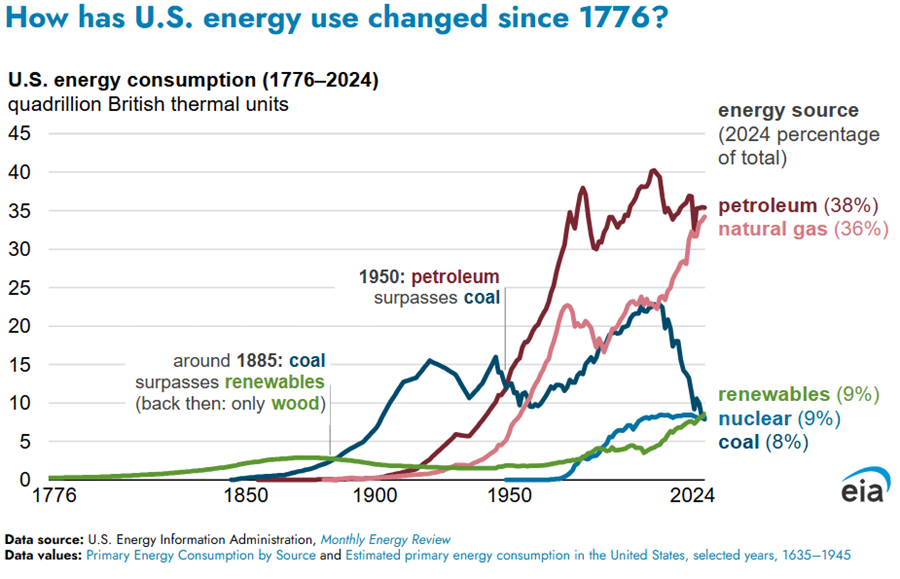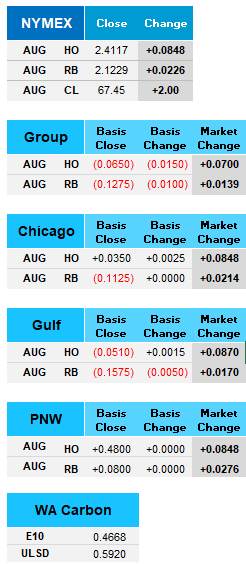Iran Prepares to Mine the Strait of Hormuz: Iran is reportedly preparing to deploy naval mines in the Strait of Hormuz, a strategic chokepoint for global oil shipments. This development follows rising tensions with the U.S. and its allies over sanctions and nuclear policy. The strait handles about a fifth of the world’s oil traffic, making any disruption highly consequential. Military analysts warn that mining the strait could trigger a broader conflict. The U.S. has increased naval patrols in the region in response. Iran’s strategy appears aimed at deterring foreign intervention and asserting control over regional waters. The situation remains volatile and closely monitored by global markets.
India Plans New Strategic Oil Reserve: India is planning to build a new strategic petroleum reserve to bolster its energy security amid global supply uncertainties. The reserve will add to existing storage facilities and help buffer against price shocks or disruptions. Officials say the move is part of a broader strategy to reduce dependence on imports and stabilize domestic markets. The new reserve is expected to be located near key refining hubs for logistical efficiency. India, the world’s third-largest oil consumer, has been vulnerable to global price swings. The initiative aligns with efforts to diversify energy sources and improve resilience. It also reflects lessons learned from past crises, including the COVID-19 pandemic and geopolitical tensions.
Venezuela's Oil Exports Stable: Venezuela’s oil exports remained steady in recent months, with a notable increase in shipments to Chinese buyers. Despite U.S. sanctions, Venezuela has managed to maintain output and redirect crude flows through intermediaries. China has emerged as a key destination, often receiving oil through indirect routes to avoid detection. Analysts say this reflects Venezuela’s adaptability in navigating sanctions and sustaining revenue. The country’s state oil company, PDVSA, has also improved logistics and infrastructure to support exports. However, the long-term sustainability of this strategy remains uncertain due to aging facilities and limited investment. The article highlights how geopolitical constraints are reshaping global oil trade patterns.
Market Overview: Oil prices are rising today after Iran announced it would halt cooperation with the UN’s nuclear watchdog, escalating tensions in the Middle East. The move raised fears of supply disruptions, especially in the Strait of Hormuz, a critical oil transit route. Investors responded to the geopolitical risk by pushing prices higher. Analysts noted that Iran’s actions could provoke further sanctions or military responses. The situation adds uncertainty to global energy markets already strained by tight supply. Market participants are also watching for OPEC+ reactions to the developments. The standoff underscores how political instability can quickly influence oilprices.
Understanding a Candlestick Chart

In 2024,the United States consumed about 94 quadrillion BTUs of energy, marking a 1% increase from the previous year. Fossil fuels—petroleum, natural gas, and coal—continued to dominate, making up 82% of total energy use, while renewable sand nuclear energy accounted for the remaining 18%. For the first time, nuclear energy consumption surpassed coal, although petroleum remained the top energy source for the 75th consecutive year. Historically, wood was the primary energy source in the U.S. until the late 1800s, when coal took over, and later petroleum became dominant in 1950. Natural gas, once considered a waste product, has become the second-largest energy source, widely used for heating and electricity. Hydropower has deep roots in U.S. history, with early industrial use dating back to the 1880s. These shifts reflect the evolving landscape of American energy consumption over nearly 250 years.

Oil prices rose by 3% on Wednesday, driven by geopolitical tensions after Iran suspended cooperation with the U.N. nuclear watchdog and news of a U.S.-Vietnam trade deal. U.S. West Texas Intermediate crude settled at $67.45 per barrel, reflecting the market’s sensitivity to global political developments. Iran’s new law restricting nuclear inspections and its accusations against the IAEA added a geopolitical risk premium, though no actual supply disruptions occurred. Gains were tempered by a surprise build in U.S. crude inventories and weaker-than-expected gasoline demand during the peak summer season. Meanwhile, OPEC+ is expected to raise output by 411,000 barrels per day in July, with Saudi Arabia already increasing shipments significantly in June. Despite this, overall OPEC+ exports have remained relatively flat, and analysts expect strong summer energy demand to support prices. Investors are also watching the upcoming U.S. employment report, which could influence expectations for interest rate cuts and future oil demand.

